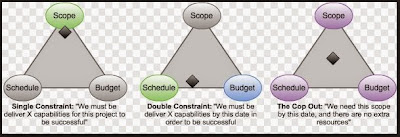How to install WebGate in Oracle Identity Management environment
WebGate A WebGate is a web-server plug-in for Oracle Access Manager (OAM) that intercepts HTTP requests and forwards them to the Access Server for authentication and authorization. Specifically an OHS WebGate, i.e. Oracle HTTP Server WebGate is a Web server plug-in that intercepts HTTP requests and forwards them to an existing Oracle Access Manager (OAM) instance for authentication and authorization. Installing WebGate There are two important steps for installing OHS WebGate, first is configuring the OHS WebGate and then Registering the OHS WebGate with OAM. See below Configuring Oracle HTTP Server WebGate Registering the Oracle HTTP Server 12c WebGate with Oracle Access Manager Since 12c version, there is no need for installing WebGate separately. If you have installed OHS 12c server then WebGate comes pre-bundled with it. (In prior versions, 11g and 10g one had to first install WebGate binaries.) For overview of register/manage webgate in 12c, read For 12c version - Registe



